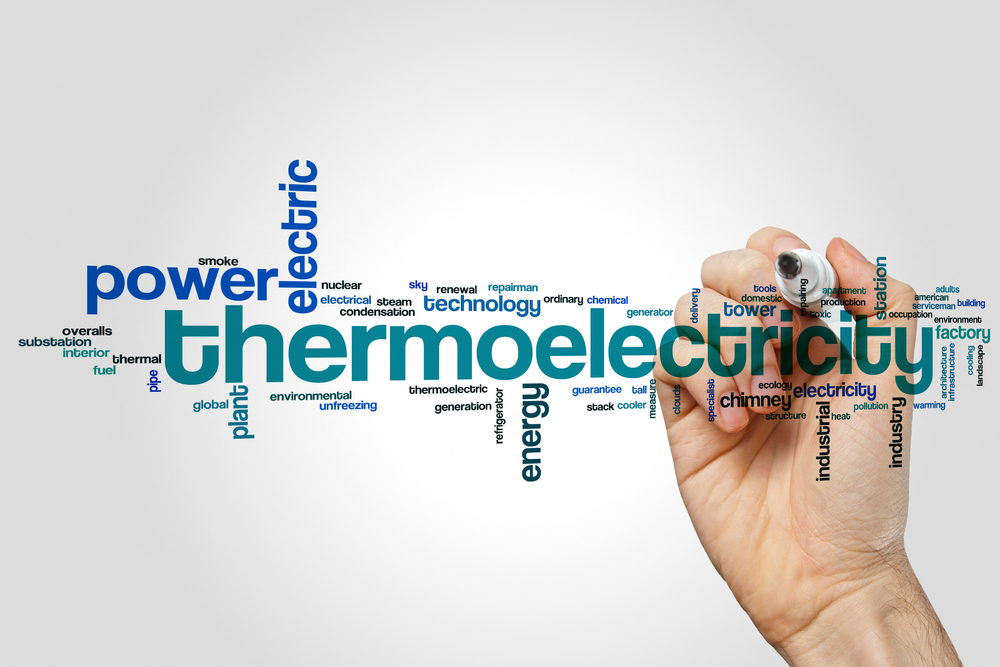Novel schottky diode could turn heat into viable fuel source

Indium selenide-based van der Waals Schottky diode converts heat into electricity three times more efficiently than silicon
A diode being developed by Washington State University physicist Yi Gu could, he believes, turn the heat generated by a wide array of electronics into a usable fuel source.
"The ability of our diode to convert heat into electricity is very large compared to other bulk materials currently used in electronics," said Gu, an associate professor in WSU's Department of Physics and Astronomy. "In the future, one layer could be attached to something hot like a car exhaust or a computer motor and another to a surface at room temperature. The diode would then use the heat differential between the two surfaces to create an electric current that could be stored in a battery and used when needed."
Schottky diodes are made by attaching a conductor metal like aluminum to a semiconductor material like silicon.Gu and a team of graduate students used a simple heating process to modify one layer of the Indium Selenide to act as a metal and another layer to act as a semiconductor. The researchers then used a new kind of confocal microscope developed by Klar Scientific, a start-up company founded in part by WSU physicist Matthew McCluskey, to study their materials' electronic properties.
Unlike its conventional counterparts, Gu's diode has no impurities or defects at the interface where the metal and semiconductor materials are joined together. The smooth connection between the metal and semiconductor enables electricity to travel through the multilayered device with almost 100 percent efficiency.
"When you attach a metal to a semiconductor material like silicon to form a Schottky diode, there are always some defects that form at the interface," said McCluskey, a co-author of the study. "These imperfections trap electrons, impeding the flow of electricity. Gu's diode is unique in that its surface does not appear to have any of these defects. This lowers resistance to the flow of electricity, making the device much more energy efficient."
Next steps
Gu and his collaborators are currently investigating new methods to increase the efficiency of their Indium Selenide crystals. They are also exploring ways to synthesise larger quantities of the material so that it can be developed into useful devices.
"While still in the preliminary stages, our work represents a big leap forward in the field of thermoelectrics," Gu said. "It could play an important role in realising a more energy-efficient society in the future."
The recent work is outlined in a paper titled, 'Phase-Defined van der Waals Schottky Junctions with Significantly Enhanced Thermoelectric Properties' in The Journal of Physical Chemistry Letters; J. Phys. Chem. Lett., 2017, 8 (13


































